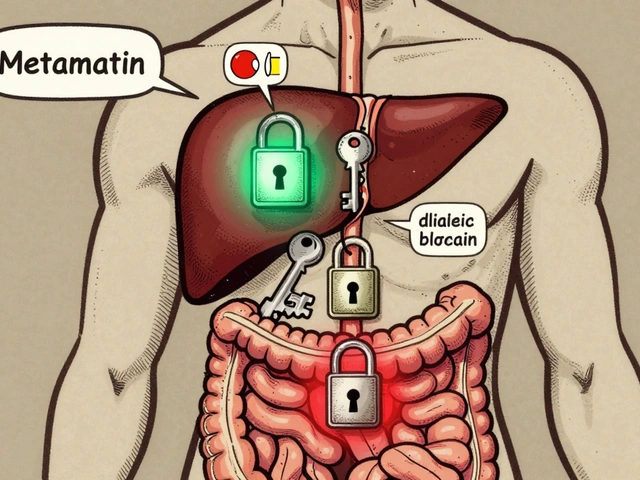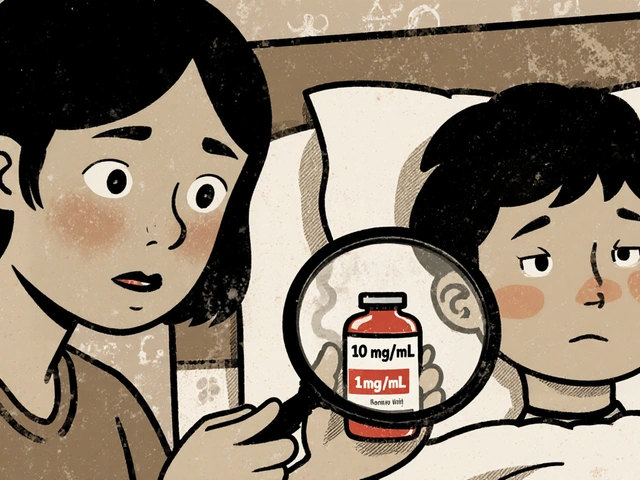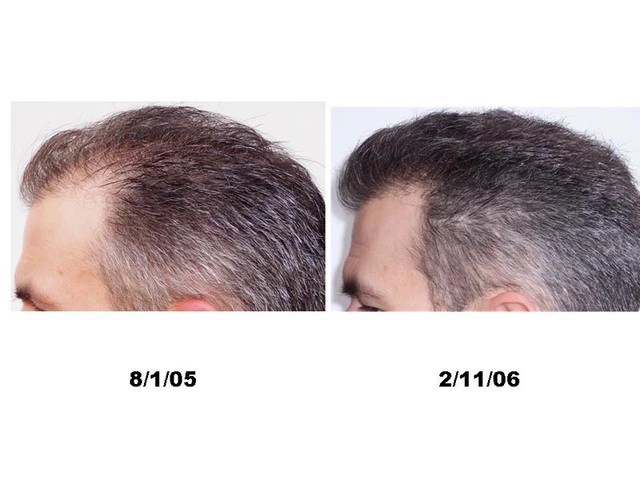Hair loss: what’s causing it and what you can do now
Hair loss feels personal and frustrating. By age 50 about half of men have noticeable thinning, and many women do too. The good news: some causes are reversible, and several treatments can slow or even regrow hair. This page gives clear, practical steps so you can start fixing the problem without wasting time or money.
Quick causes and clear signs
First, figure out why your hair is falling out. The most common cause is androgenetic alopecia (pattern hair loss) — it runs in families and follows a recognisable pattern. Other common causes are stress, sudden weight loss, thyroid problems, iron deficiency, certain medications, and some skin conditions like scalp psoriasis. If you notice sudden shedding over a few months, thinning in patches, or an unusual scalp rash, those are red flags that need a doctor's check.
Want a simple test at home? Track how many hairs you lose in the shower for a week and take a clear photo of your hairline or part each month. If things get worse fast, see a dermatologist for blood tests (thyroid, ferritin/iron) and a scalp exam.
Treatment options that work — what to try first
Start with the options backed by evidence. Minoxidil (topical) is available over the counter, works for many people, and usually shows results in 3–6 months. Apply consistently to the thinning area and give it time. Finasteride (pill) is a prescription for men; it blocks the hormone that shrinks hair follicles. Expect improvement in about 3–6 months, with better results after a year. Talk to your doctor about side effects and monitoring.
Supplements? Only take biotin or iron if blood tests show a deficiency. Multivitamins rarely help if your labs are normal. Low-level laser therapy devices and microneedling can boost results when paired with minoxidil. For faster or larger gains, platelet-rich plasma (PRP) injections and hair transplants are proven options — but they cost more and need a qualified specialist.
Small daily habits matter. Cut back on tight hairstyles, avoid frequent heat and harsh chemical treatments, and choose a gentle shampoo. Smoking, poor sleep, and a low-protein diet can make thinning worse. Improving these things won’t fix genetic hair loss alone, but they help treatments work better.
Buying medication online? Only use reputable pharmacies with clear contact info and verified reviews. Minoxidil is fine OTC; finasteride needs a valid prescription and a proper consultation. If a site promises miracle cures or very cheap prescription drugs without a prescription, walk away.
If you want a plan, start with a doctor visit for tests, try topical minoxidil, and consider finasteride if you’re a man and your doctor approves. If those don’t help after a year, ask about PRP or surgical options. Keep expectations realistic — most treatments slow loss and improve density, rather than restoring a full head of hair overnight.
Need help picking products or finding a specialist? I can point you to trusted resources and what questions to ask at your first dermatology visit.

In my latest blog post, I dive into the science behind Minoxidil and Finasteride, two key players in combating hair loss. I explore how Minoxidil works by improving blood flow to the hair follicles, thereby stimulating growth. Then, I discuss how Finasteride functions by preventing the conversion of testosterone to DHT, a hormone that causes hair follicles to shrink. Together, these two substances could potentially slow down, stop, or even reverse hair loss. It's a fascinating look into how science is helping us keep our locks luscious!
Continue Reading





